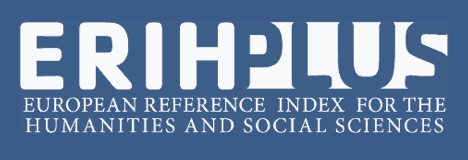Corpo, fé e glória: uma descrição fragmentária dos romeiros de são francisco, de canindé, ceará
Abstract
O trabalho enfatiza o caráter humanístico das investigações geográficas, sustentadas em observações e descrições do corpo do peregrino, suas representações com o sagrado, linguagens, condições sociais e culturais desenvolvidas no espaço de fé. O campo de estudo é Canindé, município cearense considerado o maior santuário franciscano da América Latina e que possui a segunda maior romaria franciscana do Mundo. O objetivo é reconhecer nos romeiros suas histórias, atitudes e comportamentos assumidos, utilizando o próprio corpo como objeto de Fé e Graça. Metodologicamente faz-se uso da investigação histórica fenomenológica, da observação participante e da reconstrução das falas, a fim de interpretar o fenômeno social e religioso. Com efeito, as manifestações revelam um significado que transcendem o entendimento racional. O devoto não apenas suporta as infelicidades dessa vida, como também é impulsionado a acreditar em realidades melhores na vida temporal e eterna. A romaria corrobora para a transformação da mística e a espiritualidade do crente, por meio de gestos e compromissos concretos. Ohomem não tem, fundamentalmente, que compreender todo o significado estrutural de um símbolo, para absorvê-lo como símbolo, pois cada consciente captura a informação em um nível inconsciente imediato.
Keywords
Policy Proposal for Free Access Journals
Authors who publish in this journal agree to the following terms:
a. Authors retain the copyright and grant the journal the right of first publication, with the work simultaneously licensed under the Creative Commons Attribution License which allows the sharing of the work with acknowledgment of the authorship of the work and initial publication in this journal.
b. Authors are authorized to take additional contracts separately, for non-exclusive distribution of the version of the work published in this journal (eg publish in institutional repository or as a book chapter), with acknowledgment of authorship and initial publication in this journal.
c. Authors are allowed and encouraged to publish and distribute their work online (eg in institutional repositories or on their personal page) at any point before or during the editorial process, as this can generate productive changes, as well as increase the impact and The citation of published work (See The Effect of Free Access).





















